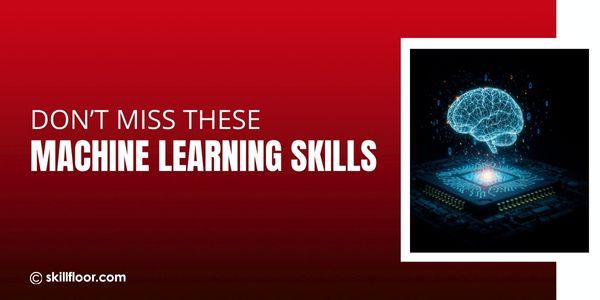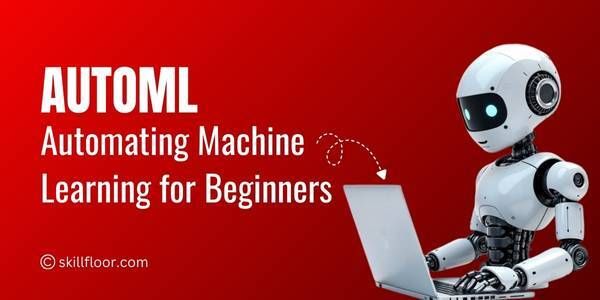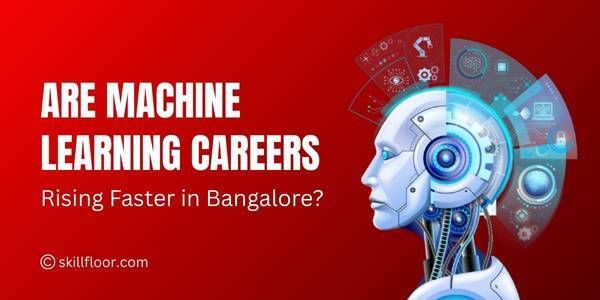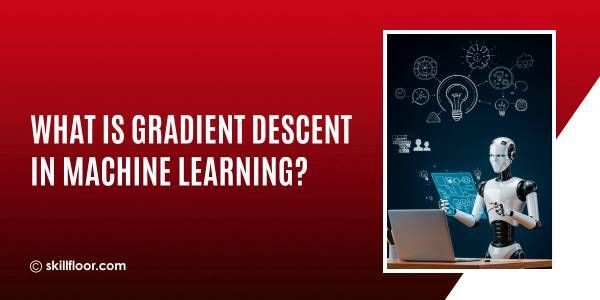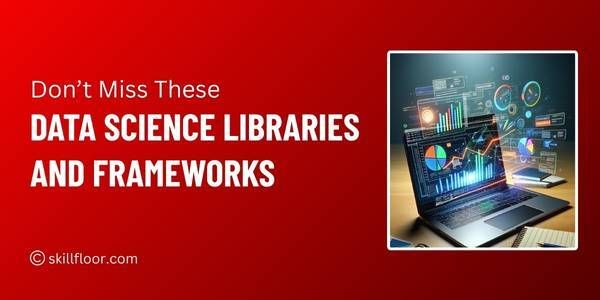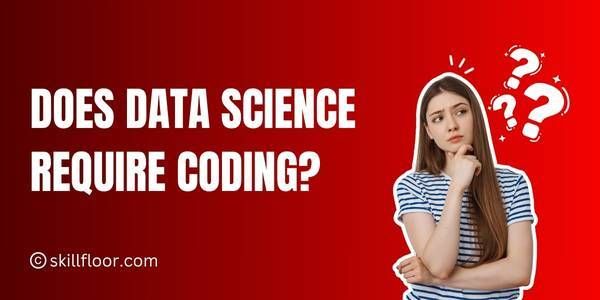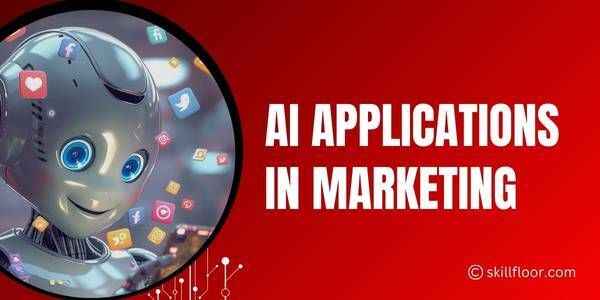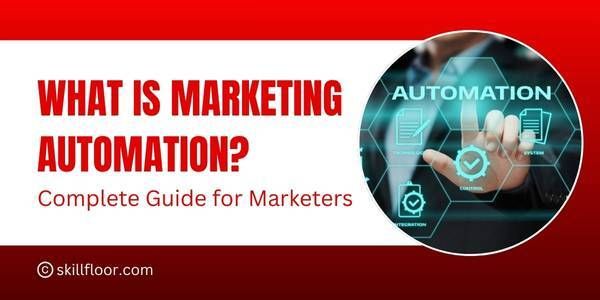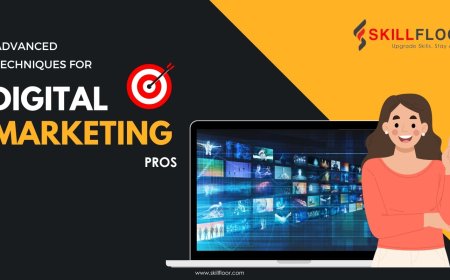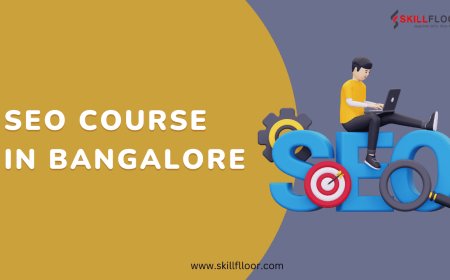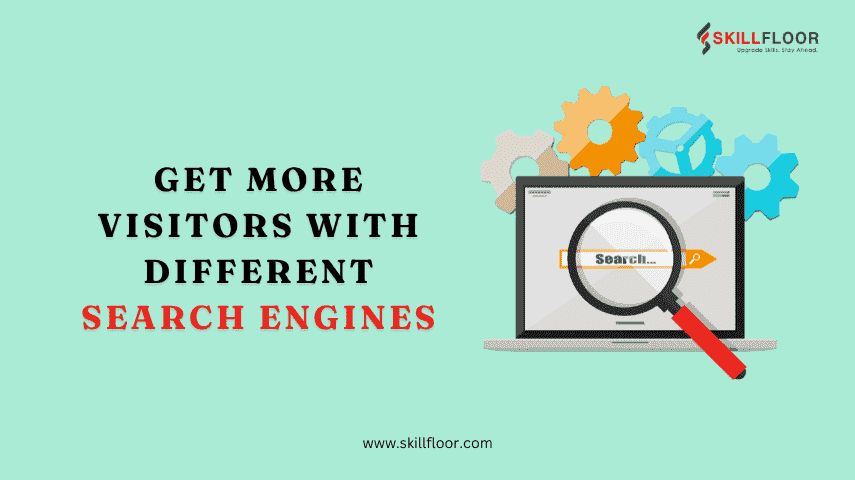8 Ways to Use AI in Digital Marketing Effectively
Learn how AI can improve your digital marketing with 8 simple tips to personalize, automate, and grow your business fast.
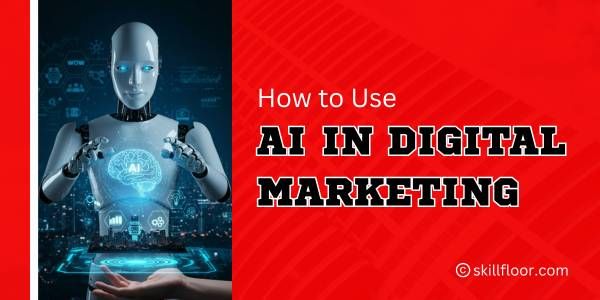
I have noticed how artificial intelligence (AI) is playing a big role in helping companies connect with their customers better. Digital marketing has become much smarter and more efficient because of AI tools that let us understand our audience, create personalized messages, and make quicker decisions. From what I’ve learned, using AI the right way can really improve marketing results without making things more complicated. AI doesn’t replace our creativity, it helps us work smarter by handling the repetitive, data-heavy tasks so we can focus on planning and being creative.
Here are the recent AI trends transforming digital marketing in 2025:
-
AI overview in Recent SERP
-
Generative Engine Optimization (GEO)
-
Hyper-Personalization
-
Predictive Analytics
-
AI-Powered Content Creation
I want to share easy and useful ways to use AI effectively in digital marketing. These tips are simple and can be used whether you’re just starting out or already running marketing campaigns. AI can help automate tasks like email marketing and quickly analyze large amounts of data. It also helps us create content that is personalized and reaches the right people at the right time. I am excited to show you how AI can help you grow your audience, improve customer engagement, and make your business more successful in today’s digital world.
What is AI in Digital Marketing?
Artificial Intelligence in digital marketing means using smart computer programs that can learn from data and perform tasks humans usually do. Instead of relying only on fixed rules, AI adapts and improves over time, helping marketers automate and optimize their campaigns.
Key types of AI used in marketing:
-
Machine Learning (ML): Algorithms learn patterns from data to make predictions or decisions.
-
Natural Language Processing (NLP): Helps machines understand and generate human language, used in chatbots or sentiment analysis.
-
Computer Vision: Allows AI to analyze images and videos for insights.
-
Robotic Process Automation (RPA): Automates repetitive marketing tasks.
Unlike traditional marketing tools that rely on predefined rules, AI adapts and improves over time, making campaigns smarter and more efficient.
How AI Is Transforming Digital Marketing
AI is reshaping marketing by making it more efficient and personalized. It automates routine tasks, helps predict customer needs, and allows marketers to deliver content and ads that feel personal and relevant. This leads to better engagement and higher sales.
-
Automation of Routine Tasks: Tasks like posting on social media, sending emails, and reporting can be automated with AI, saving marketers hours of manual work.
-
Advanced Personalization: AI uses data from browsing history, purchase behavior, and interactions to deliver content and offers tailored to each individual. For example, Netflix uses AI to recommend shows uniquely for each user.
-
Deep Data Insights: AI can analyze large datasets to uncover trends that humans might miss, such as predicting which customers are likely to churn or which products will be popular.
-
Improved Customer Engagement: AI-powered chatbots provide instant responses, keeping customers engaged even outside business hours.
-
Optimized Budget Allocation: AI predicts which campaigns will deliver the best ROI, helping marketers spend their budgets more efficiently.
Benefits of Using AI in Digital Marketing
AI helps businesses do better marketing by using smart technology. It makes marketing faster and more personal for each customer. Here’s how AI helps:
-
Personalized Marketing: AI looks at what people like and what they do online. Then it sends them ads and messages that fit their interests, making them more likely to buy.
-
Understanding Customers: AI studies customer behavior to know what they want. This helps businesses plan better marketing to reach people at the right time.
-
Saving Time with Automation: AI can do boring and repetitive jobs like sending emails or posting on social media. This saves time for marketers to focus on more important things.
-
Better Ads: AI finds the best people to show ads to and changes the ads quickly to get the best results. This means less money wasted on ads that don’t work.
-
Customer Help Anytime: AI chatbots can answer customer questions anytime, day or night. This makes customers happy and helps businesses save staff time.
-
Help with Content: AI can help create or suggest ideas for blog posts, social media, or emails. This keeps the audience interested without spending too much time writing.
8 Ways to Use AI in Digital Marketing
Artificial Intelligence (AI) is revolutionizing digital marketing by making it easier for businesses to connect with their audiences, save time, and get better results. AI is no longer just a futuristic idea—it’s a core part of marketing strategies, with 50% of businesses already using AI and 29% planning to invest in it soon. AI helps marketers understand customers, create engaging content, and make smarter decisions. Below, we dive into eight practical ways to use AI in digital marketing, with detailed explanations and recent data to show how it’s transforming the industry.
1. Personalized Content Creation
AI makes it possible to create content that feels personal to each customer, boosting engagement and loyalty. By analyzing data like browsing habits, purchase history, and preferences, AI tools can craft tailored emails, social media posts, or website content.
-
How it works: AI studies customer behavior to suggest products or create messages that match their interests. For example, Netflix uses AI to recommend shows based on what users have watched, leading to $1 billion in annual revenue from personalized recommendations.
-
Benefits: Personalized content increases click-through rates by up to 14% and conversions by 10%, as it speaks directly to what customers want.
-
Tools to use: Platforms like HubSpot or Persado use AI to generate personalized content at scale, adapting tone and style to fit your brand.
Personalization is evolving into hyper-personalization. For instance, Nike’s AI-driven strategy analyzes customer behavior across apps, websites, and store visits, resulting in a 35% increase in e-commerce conversion rates. This shows how AI can create unique experiences that make customers feel understood.
2. Predictive Analytics for Campaign Optimization
Predictive analytics uses AI to forecast how marketing campaigns will perform, helping marketers make smarter choices about where to spend their budget.
-
How it works: AI looks at past campaign data, market trends, and customer behavior to predict outcomes. For example, it can identify which audience is most likely to buy or which ad will perform best.
-
Benefits: Predictive analytics saves money by focusing on high-impact strategies. In 2025, 65% of senior executives say AI and predictive analytics are key to business growth.
-
Tools to use: Google’s Meridian, an open-source marketing mix model rolling out globally in 2025, provides real-time insights to optimize cross-channel performance.
With predictive analytics, marketers can act quickly on real-time insights, adjusting campaigns to match changing trends or customer needs, ensuring every dollar spent delivers maximum value.
3. Chatbots for Enhanced Customer Support
AI-powered chatbots are like virtual assistants that help customers 24/7, answering questions, guiding them through websites, or suggesting products.
-
How it works: Chatbots use natural language processing (NLP) to understand and respond to customer queries in a human-like way. They can handle everything from simple FAQs to complex purchase recommendations.
-
Benefits: Chatbots reduce wait times, improve customer satisfaction, and save businesses money. AI is expected to drive 95% of customer interactions, making chatbots a must-have.
-
Tools to use: Tools like Drift or Intercom use AI to provide instant, personalized responses across websites and apps.
Chatbots are becoming smarter in 2025, with 69% of marketers viewing AI as a revolutionary tool for customer support. They not only answer questions but also collect data to improve future interactions, making them a powerful tool for building customer trust.
4. Dynamic Ad Targeting
AI makes ads more effective by showing them to the right people at the right time, based on real-time data analysis.
-
How it works: AI tracks user behavior, such as what they search for or click on, to create targeted ad campaigns. For example, AI can show a shoe ad to someone who recently browsed sneakers online.
-
Benefits: Dynamic ad targeting boosts click-through rates and reduces wasted ad spend. In India, 65% of marketers use AI for personalized ads, driving higher engagement X post.
-
Tools to use: Platforms like Google Ads or Facebook’s Ad Manager use AI to optimize ad delivery across channels.
In 2025, AI-driven ad platforms like Google’s Meridian are making targeting even more precise by combining Google and YouTube data for a holistic view of performance. This helps businesses reach audiences with ads that feel relevant and timely.
5. Content Generation and Curation
AI can create and organize content quickly, saving marketers time while keeping messages consistent with brand goals.
-
How it works: AI tools like GPT-4 or Synthesia generate blog posts, social media captions, or even videos in your brand’s voice. AI also curates content by selecting the best posts or articles to share with your audience.
-
Benefits: AI cuts content creation time by up to 50%, with 53% of executives reporting faster ideation and production.
-
Tools to use: ContentShake uses Semrush data to create SEO-optimized content, while tools like WPP Open help spark creative campaign ideas.
Generative AI is a game-changer, with 51% of companies using it for content creation. It’s not just about speed—AI also ensures content aligns with your brand and resonates with your audience, making it a creative partner, not just a tool.
6. Sentiment Analysis for Brand Monitoring
AI helps brands understand what customers think by analyzing online conversations, reviews, and social media posts.
-
How it works: Sentiment analysis tools use AI to detect emotions in text, such as whether a review is positive, negative, or neutral. This helps brands respond to feedback quickly.
-
Benefits: Understanding customer sentiment improves brand reputation and informs marketing strategies. Tools like Clarabridge and Brandwatch are advancing to detect contextual emotions, not just polarity.
-
Tools to use: Platforms like Hootsuite Insights or Brandwatch track sentiment across social media and review sites.
With social listening becoming a top trend in 2025, brands using AI for sentiment analysis gain valuable insights that drive sales leads and build trust. This helps marketers stay ahead of potential PR crises and keep customers happy.
AI helps improve SEO by making websites easier to find on search engines. It finds the best keywords people use, suggests how to make content better, and helps websites show up in voice searches. AI also predicts popular topics, fixes technical problems on sites, and checks what competitors are doing. This helps websites rank higher and get more visitors.
-
How it works: AI tools suggest keywords, optimize content structure, and track search engine algorithm changes. They also help create content that matches user intent.
-
Benefits: AI-driven SEO increases website traffic and visibility. In 2025, AI is critical for optimizing content for answer engines like Google’s SGE, which prioritize direct responses over traditional links.
-
Tools to use: ContentShake and Semrush use AI to provide keyword suggestions and improve content readability.
With 25% of searches in 2025 being zero-click (users finding answers directly in search results), high-quality, AI-optimized content is essential for staying visible. AI ensures your content ranks well and reaches the right audience.
8. Automated Email Marketing
AI automates email campaigns, making them more effective by sending personalized messages at the perfect time.
-
How it works: AI segments audiences based on behavior, crafts tailored email content, and schedules sends for maximum opens. For example, it can send a discount email when a customer is most likely to buy.
-
Benefits: Automated emails improve open rates by 20% and conversions by 30% compared to generic campaigns. In 2025, 37% of marketing teams use AI for email automation.
-
Tools to use: Platforms like Marketo or Mailchimp use AI to optimize email timing and content.
AI-driven email marketing is a top application in 2025, with tools analyzing user interactions to create emails that feel personal and drive action. This saves time and ensures every email counts.
What AI Tools Are Used in Digital Marketing?
AI tools are like smart helpers for marketers. They do the hard work behind the scenes, so businesses can reach customers better and faster. Let’s look at the common AI tools and how they help:
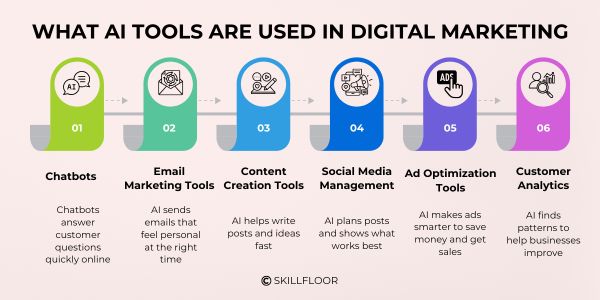
-
Chatbots: Chatbots are computer programs that can chat with customers on websites or social media. They answer simple questions instantly, help people find products, and even help with bookings or purchases. This means customers get help anytime without waiting for a human.
Example: ManyChat and Drift are popular because they can be set up easily and work on platforms like Facebook Messenger. -
Email Marketing Tools: These tools use AI to send emails that feel personal. They pick the best time to send emails to each person and write subject lines that get attention. This helps more people open and read the emails, which means better chances of sales.
Example: Mailchimp and ActiveCampaign can analyze customer behavior and automatically send follow-up emails based on what the customer does. -
Content Creation Tools: Writing can take a lot of time. AI tools help by creating drafts for blog posts, social media updates, or product descriptions. They can also suggest topics that are trending or interesting to your audience, saving marketers a lot of effort.
Example: Copy.ai and Jasper create quick content ideas and even write paragraphs you can edit and use. -
Social Media Management: Managing social media accounts means posting regularly and checking what works. AI tools schedule posts when most people are online and track which posts get the most likes or shares. This helps businesses post smarter, not harder.
Example: Hootsuite and Buffer also give reports on how your posts are doing, so you know what type of content your audience loves. -
Ad Optimization Tools: Running ads online needs constant attention to make sure money is well spent. AI tools watch how ads perform and change who sees them or how much is spent to get the best results. This means less wasted money and better sales.
Example: Google Ads Smart Bidding and Facebook Ads Manager can adjust bids in real-time to target people who are most likely to buy. -
Customer Analytics: AI tools study customer data to find patterns, like what products are popular or which customers might buy again soon. This helps businesses make better decisions and create offers that customers want.
Example: Google Analytics and HubSpot have AI features that predict trends and help you understand your audience better.
Challenges in Implementing AI in Digital Marketing
While AI brings many benefits to digital marketing, using it is not always easy. Businesses face several challenges when trying to add AI into their marketing strategies. Here are some common problems:
-
High Costs: Buying and setting up AI tools can be expensive, especially for small businesses. There are costs for software, training, and sometimes hiring experts to manage AI systems.
-
Data Quality and Privacy Issues: AI works best when it has good, clean data. But often, businesses have messy or incomplete data, which can lead to wrong results. Also, collecting and using customer data raises privacy concerns and rules that must be followed.
-
Technical Complexity: AI tools can be difficult to understand and use. Marketers may need special skills or training to make the most out of these tools. Sometimes, companies must hire experts to handle AI technology.
-
Integration with Existing Systems: Adding AI tools to existing marketing systems and software can be tricky. Sometimes, AI tools don’t work well with older software, causing delays or extra work.
-
Maintaining Human Touch: AI can automate many tasks, but it can’t replace the creativity and emotional connection humans bring. Finding the right balance between AI automation and personal touch is important.
-
Fear of Change: Some teams may resist using AI because they worry it will replace jobs or because they are unsure about how it works. This fear can slow down AI adoption.
Future and Emerging AI Trends in Digital Marketing
AI is constantly changing and improving, and this means digital marketing will keep evolving too. Here are some important AI trends we expect to see more in the near future:
-
Voice Search and Voice Assistants: More people are using voice commands to search online through devices like smart speakers and phones. AI will help marketers optimize content so it shows up better in voice searches, making it easier for customers to find products or services by just talking.
-
Hyper-Personalization: AI will get even better at creating highly personalized experiences for customers. This means ads, emails, and website content will be tailored not just by age or location but also by mood, past behavior, and real-time context.
-
Visual and Video Recognition: AI will analyze images and videos to understand what customers like. Marketers will use this data to create better visual content and target ads based on what customers engage with visually.
-
AI-Driven Predictive Analytics: AI will predict future customer behavior more accurately, helping businesses know what products to promote, when to send offers, and how to keep customers coming back.
-
Automation of More Complex Tasks: AI won’t just automate simple tasks but also more complex ones like full campaign management, budgeting, and even creative work like video editing or ad copywriting.
-
Better Chatbots with Human-like Conversations: Future chatbots will understand customer emotions and respond more naturally, making online shopping or support feel more personal and helpful.
Best Practices for Integrating AI into Your Digital Marketing Strategy
Using AI in digital marketing can bring great results, but it needs to be done carefully. Here are some easy-to-follow best practices to help you add AI successfully into your marketing efforts:
-
Start Small and Scale Up: Begin with one or two AI tools that solve a clear problem, like automating email campaigns or using chatbots for customer support. Once you see good results, gradually add more AI features.
-
Focus on Data Quality: AI works best with good data. Make sure your customer data is clean, accurate, and organized. Regularly update and check your data to get better AI insights.
-
Keep the Human Touch: Use AI to help with repetitive tasks, but don’t forget the importance of personal connection. Always have humans involved in creating creative content and building relationships with customers.
-
Train Your Team: Teach your marketing team how to use AI tools effectively. Training helps them feel confident and use AI to its full potential.
-
Set Clear Goals: Decide what you want to achieve with AI, like increasing sales, improving customer support, or saving time. Clear goals help you measure success and adjust your strategy.
-
Monitor and Optimize: keep an eye on how AI tools are performing. Use the data and feedback to make improvements regularly, so your AI-driven marketing keeps getting better.
-
Respect Privacy Rules: Make sure you follow laws and guidelines about customer data privacy, like GDPR. Be transparent with your customers about how you use their data.
Using AI in digital marketing can help businesses work smarter and reach customers better. By personalizing messages, automating tasks, and analyzing data, AI saves time and improves results. It allows marketers to create content faster and target ads more accurately. Chatbots provide quick customer support, making shoppers happier. AI also helps predict what customers want, so businesses can plan ahead. To use AI well, it’s important to start small, keep data clean, and balance automation with human creativity. Regularly checking how AI tools perform helps improve marketing over time. When used thoughtfully, AI makes marketing more efficient, personal, and successful. This helps businesses grow and stay ahead in today’s competitive market.





















